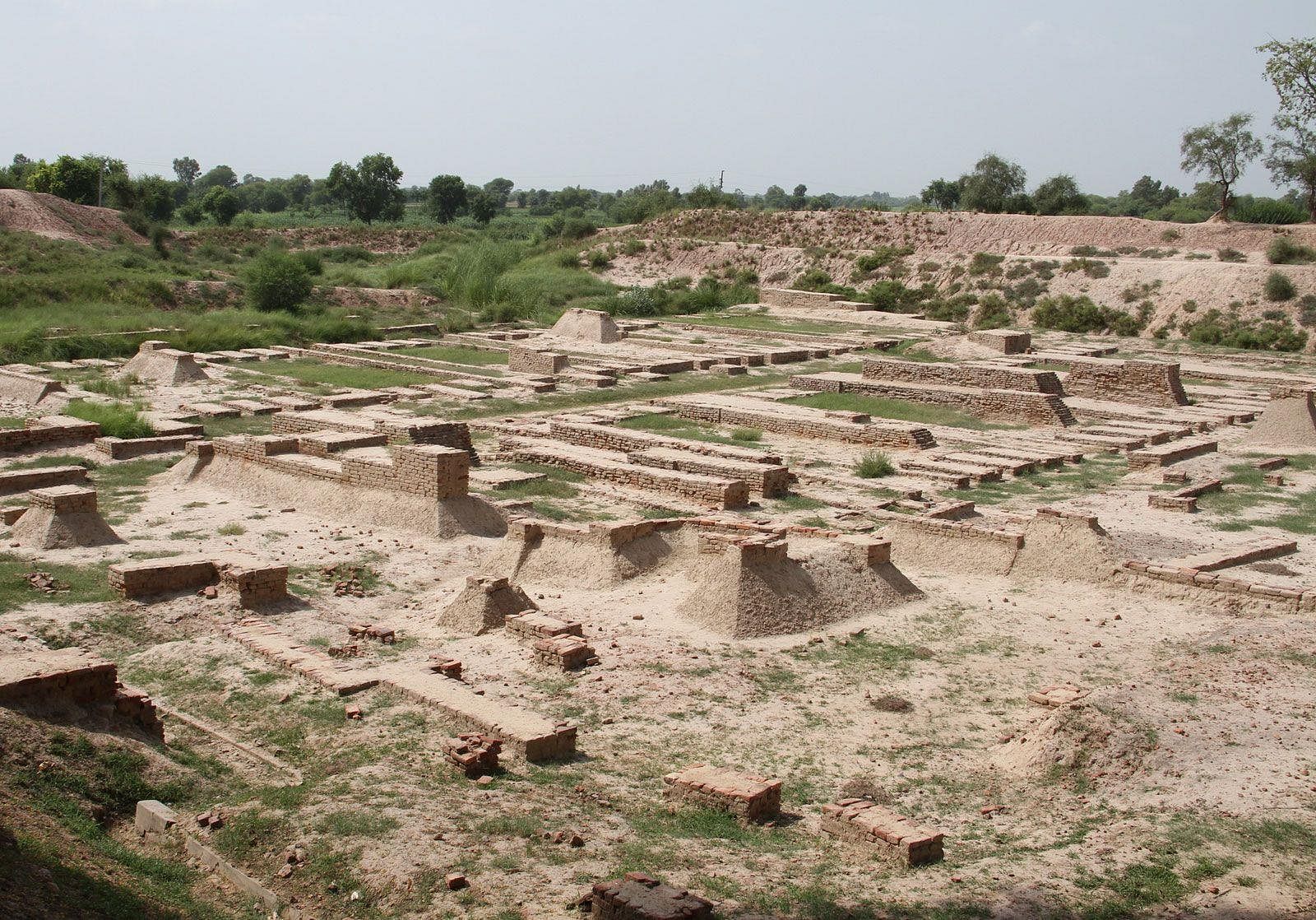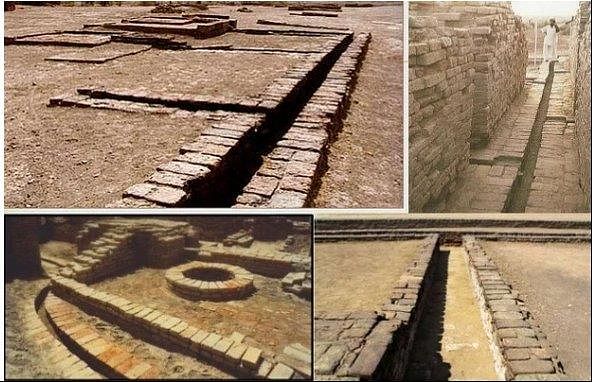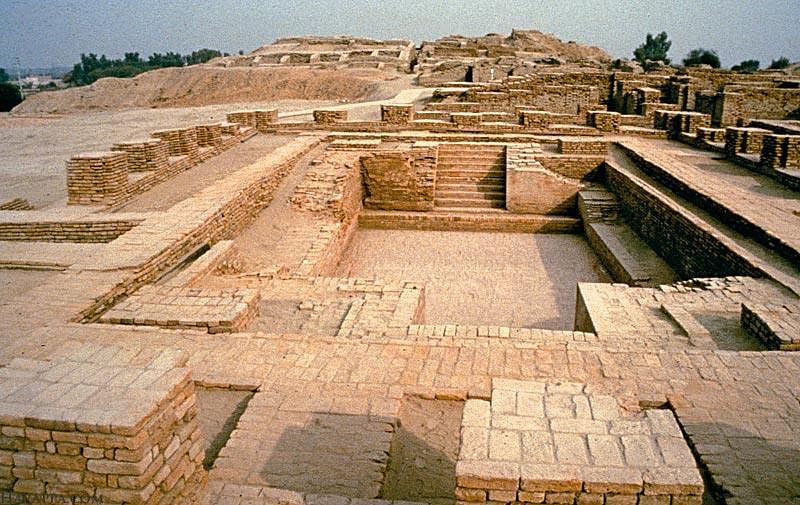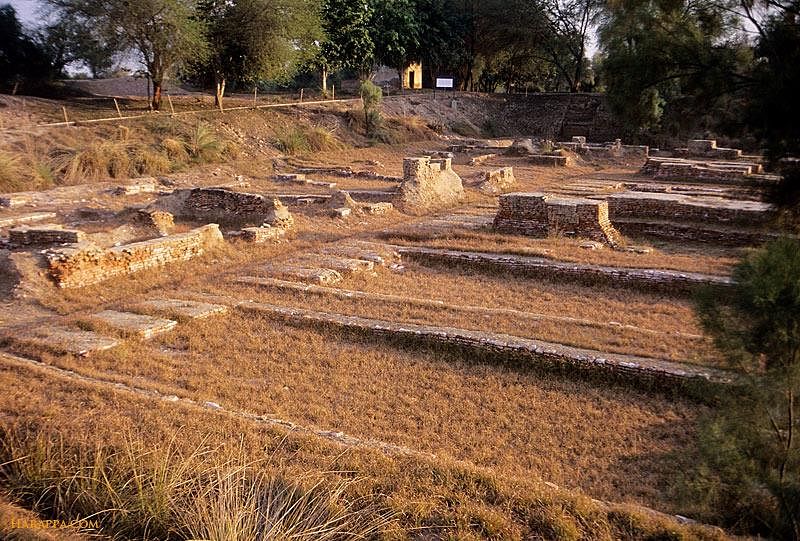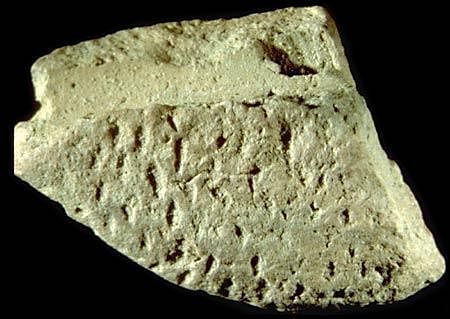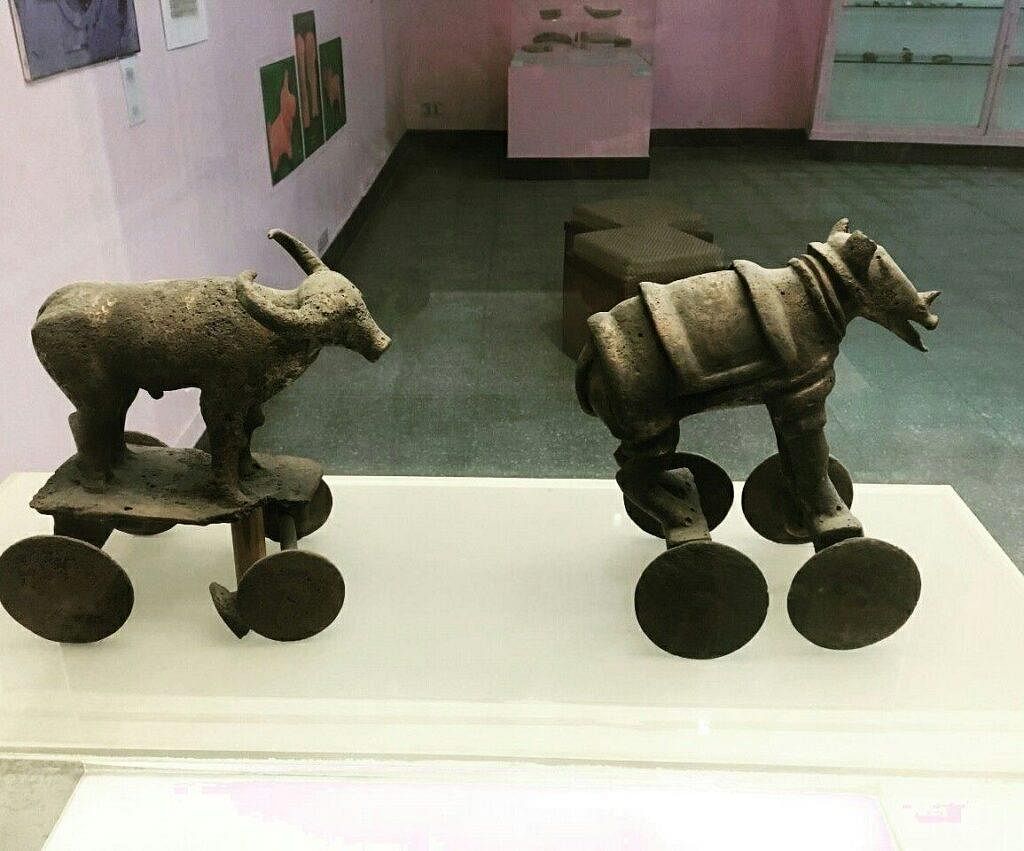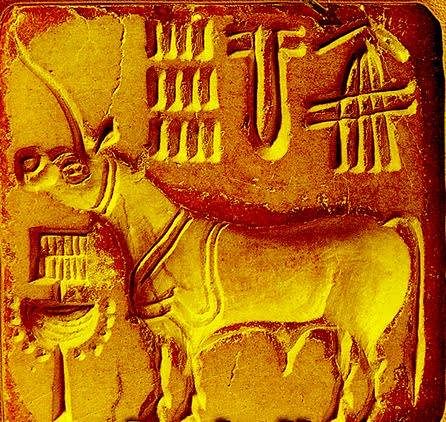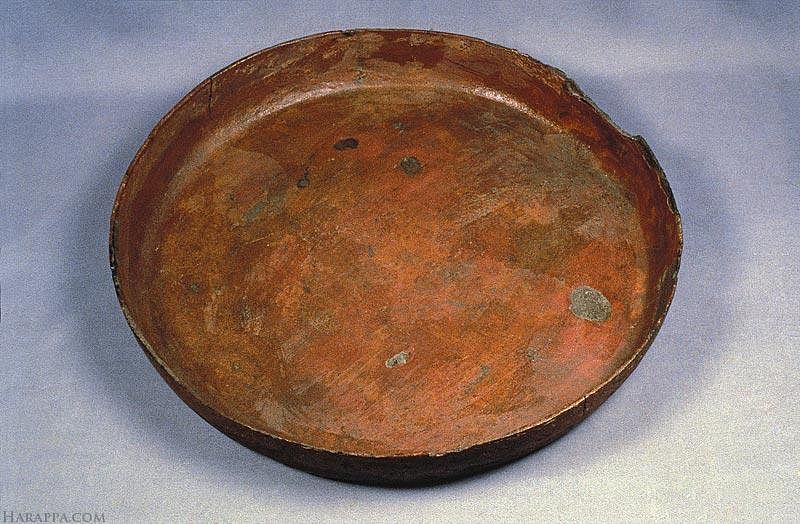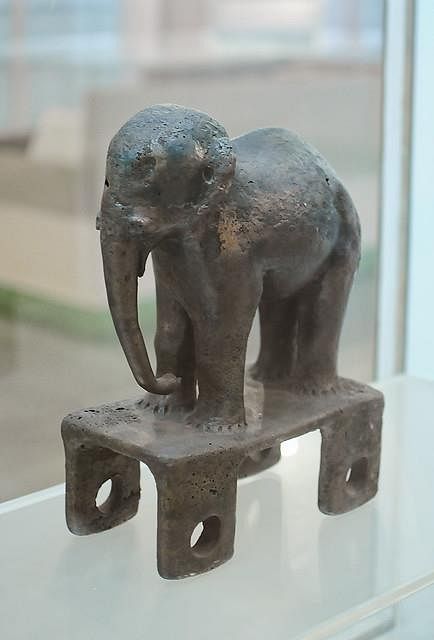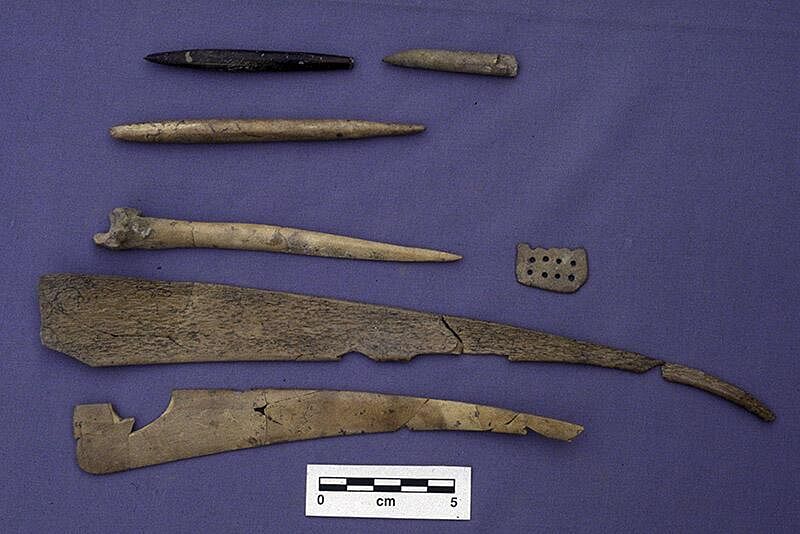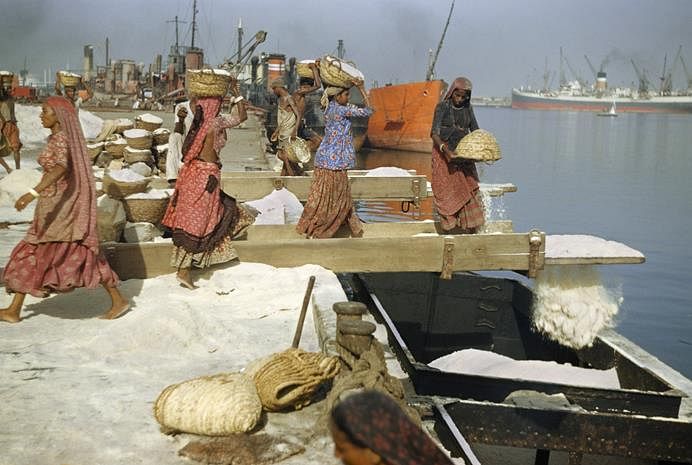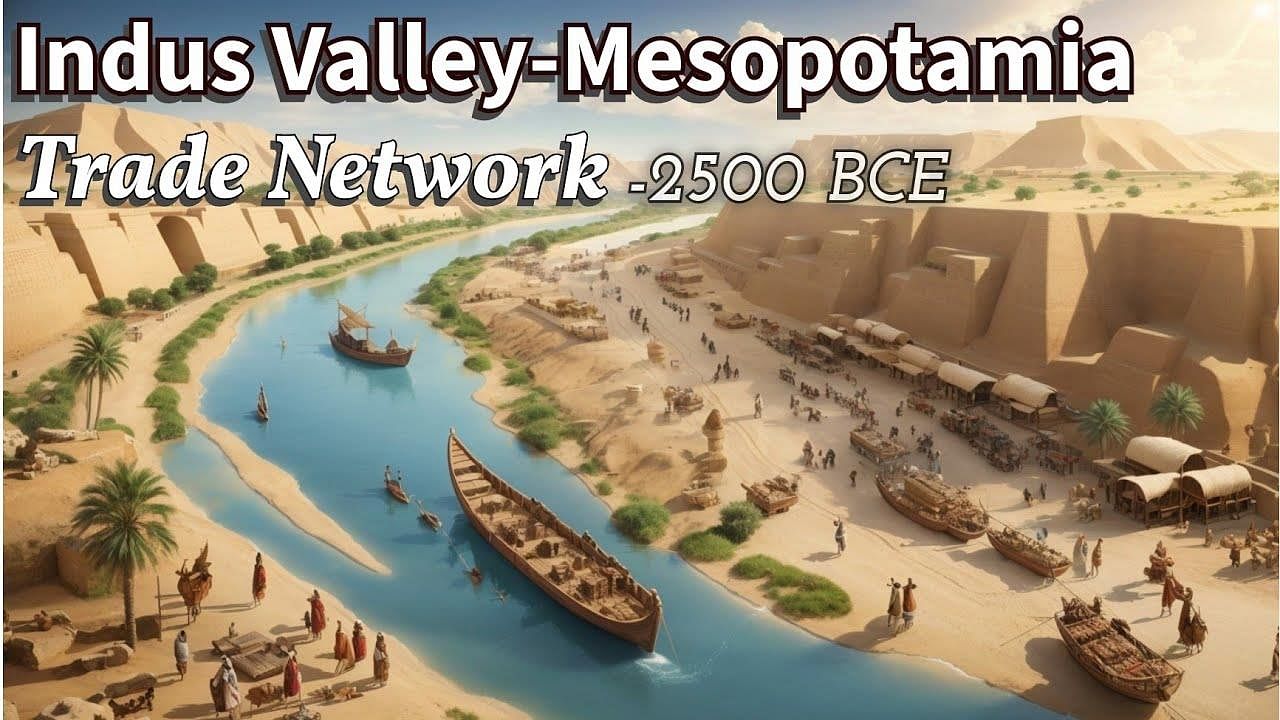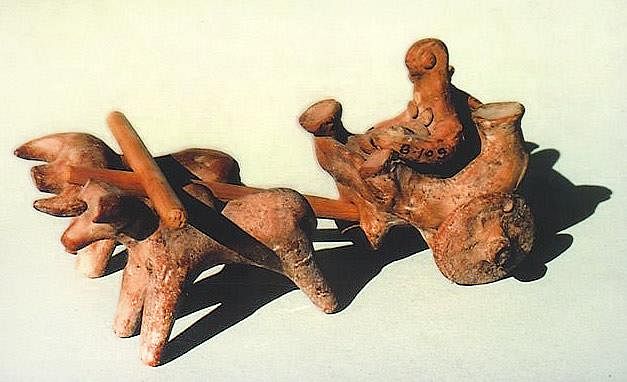|
Card: 3 / 40 |
True or False: Harappa and Mohenjodaro are the only significant cities of the Indus Valley Civilization. |
|
Card: 4 / 40 |
False - There are several significant cities including Harappa, Mohenjodaro, Chanhu Daro, Lothal, Kalibangan, and Dholavira. 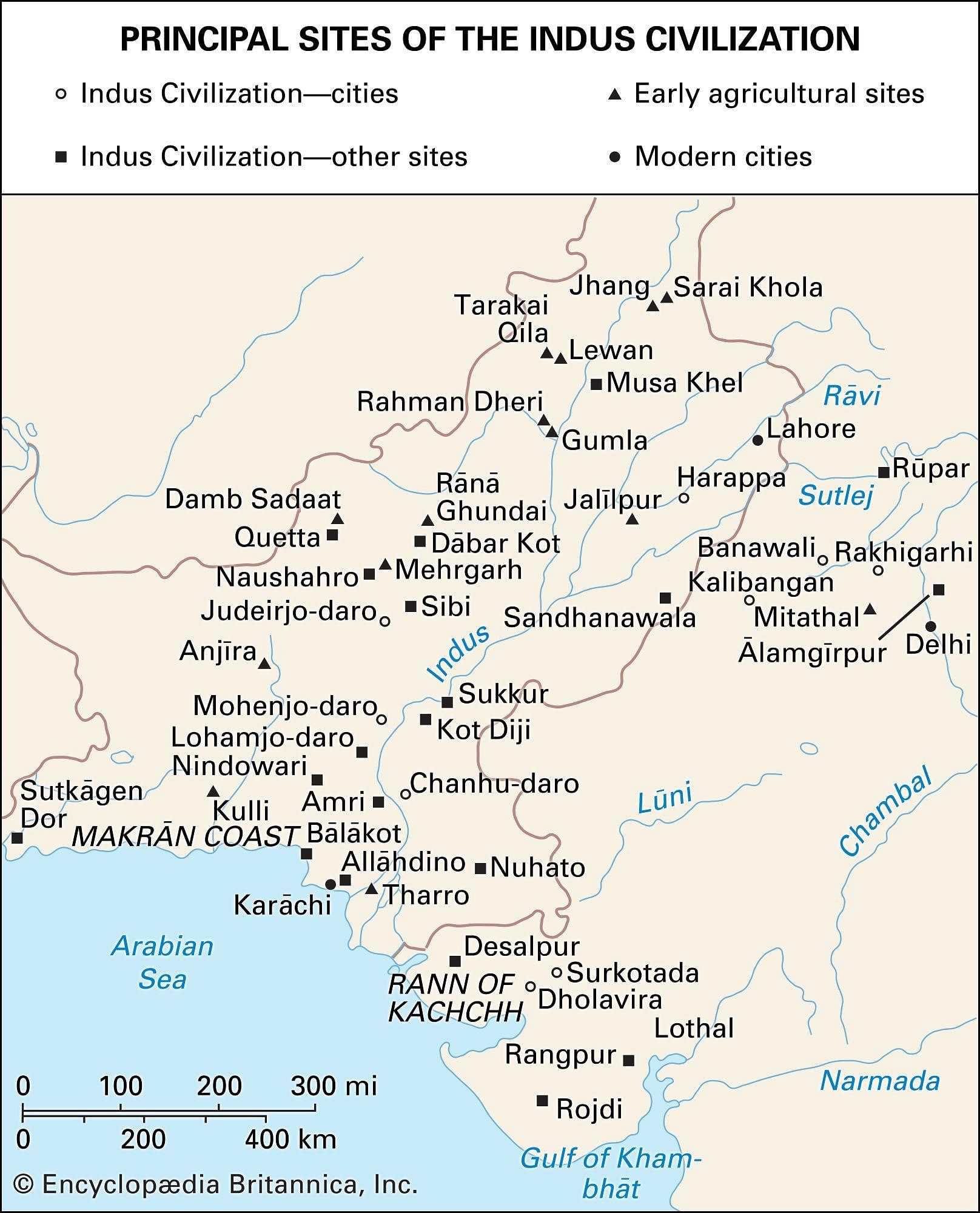 |
|
Card: 5 / 40 |
The area covered by the Indus Valley Civilization spanned approximately ___ square kilometers. |
|
Card: 7 / 40 |
The Harappan or Indus Valley Civilization is geographically characterized by a triangle-shaped area of approximately ___ square kilometers. |
|
Card: 9 / 40 |
The Indus Valley Civilization is known for its advanced ___ system, which focused on health and cleanliness. |
|
Card: 11 / 40 |
True or False: The Great Bath of Mohenjo-daro was primarily used for storage purposes. |
|
Card: 13 / 40 |
Fill in the blank: The granaries in Harappa were located within a few metres of the ___ bank. |
|
Card: 15 / 40 |
What architectural feature is characteristic of the town planning in the Indus Valley Civilization? |
|
Card: 16 / 40 |
The grid system, where roads cut across each other at right angles and the city is divided into blocks. 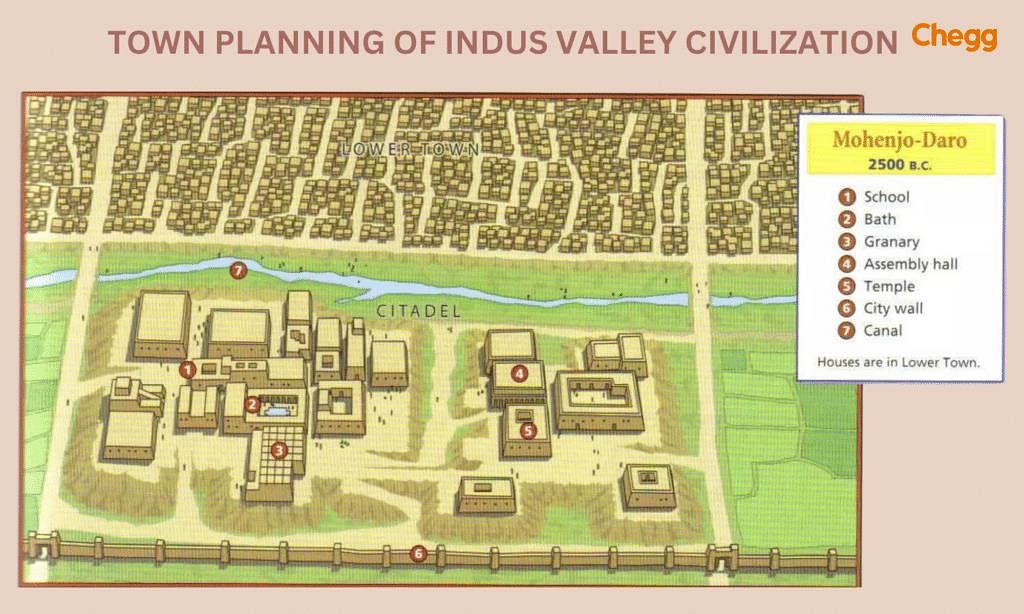 |
|
Card: 19 / 40 |
True or False: The Harappan civilization was centered around the domestication of horses. |
|
Card: 20 / 40 |
False. The Harappan culture was not horse-centered, as neither the bones of horses nor their representations appear in the early and mature Harappan culture.  |
|
Card: 21 / 40 |
The domesticated animals in the Harappan civilization included ___, ___, and ___. |
|
Card: 24 / 40 |
Evidence of the horse comes from a superficial level of Mohenjo-daro and a doubtful terracotta figure from Lothal, with remains reported from Sutkotada, but it is uncertain.  |
|
Card: 25 / 40 |
Fill in the blank: The Harappans were acquainted with domesticated animals such as dogs, cats, and ___ for burden. |
|
Card: 29 / 40 |
True or False: The primary source of tin for Harappan bronze was from local mines. |
|
Card: 31 / 40 |
Bronze tools and weapons from Harappan sites contain a smaller percentage of ___ compared to copper. |
|
Card: 33 / 40 |
Harappan artisans produced various tools and weapons such as axes, saws, knives, and ___ . |
|
Card: 37 / 40 |
True or False: The Harappans had commercial links with the regions of Mesopotamia. |




